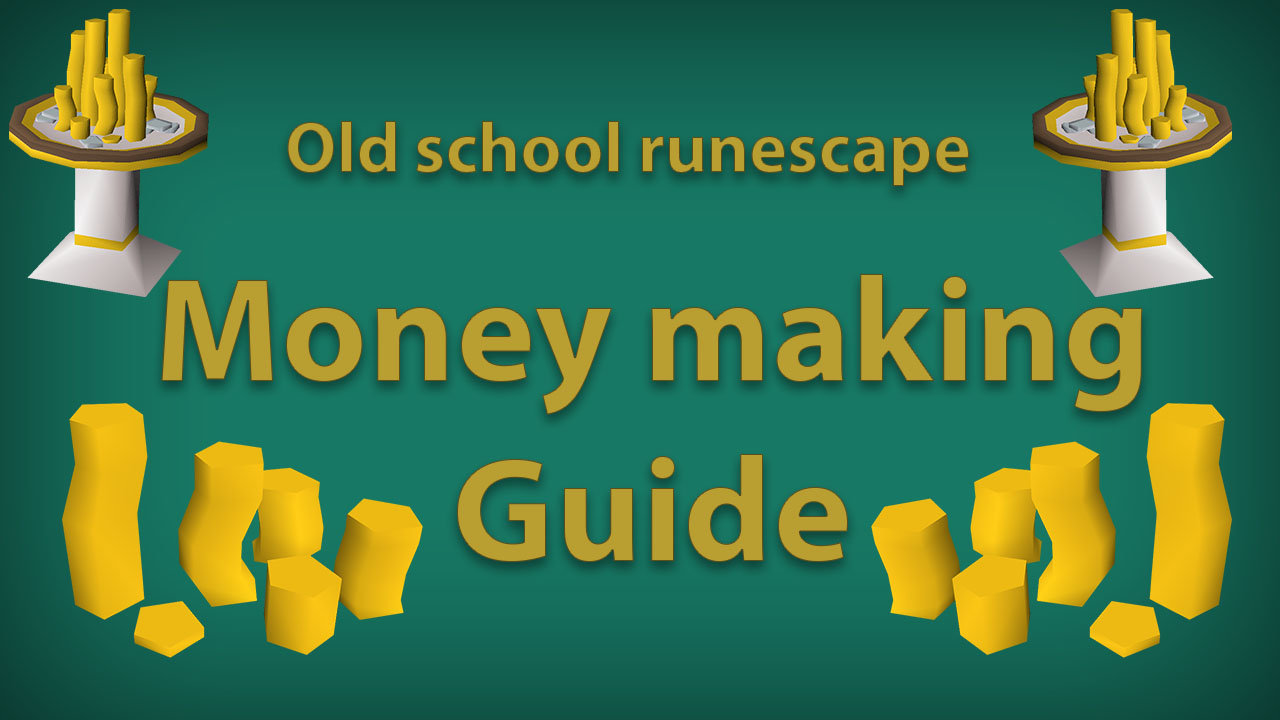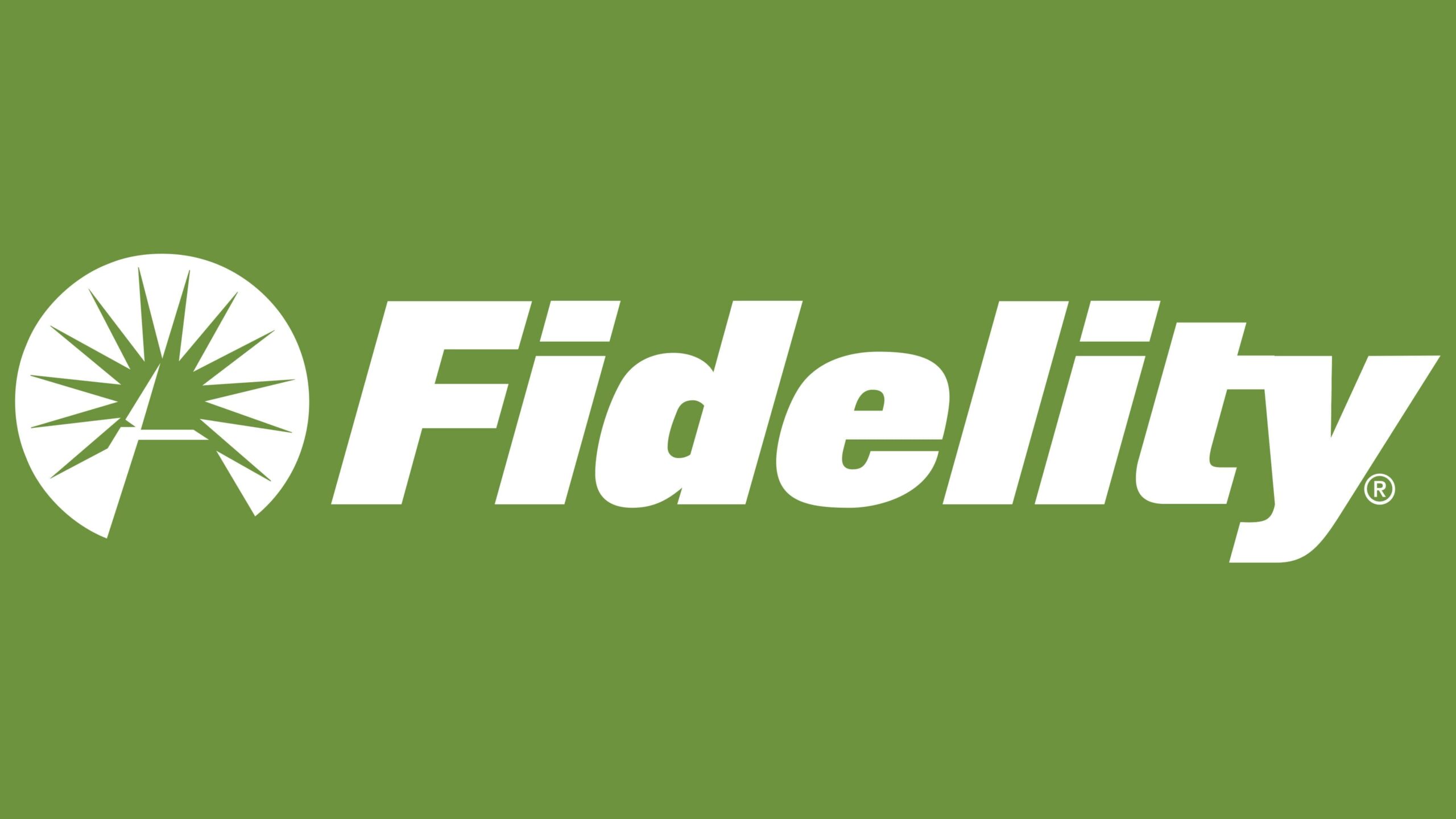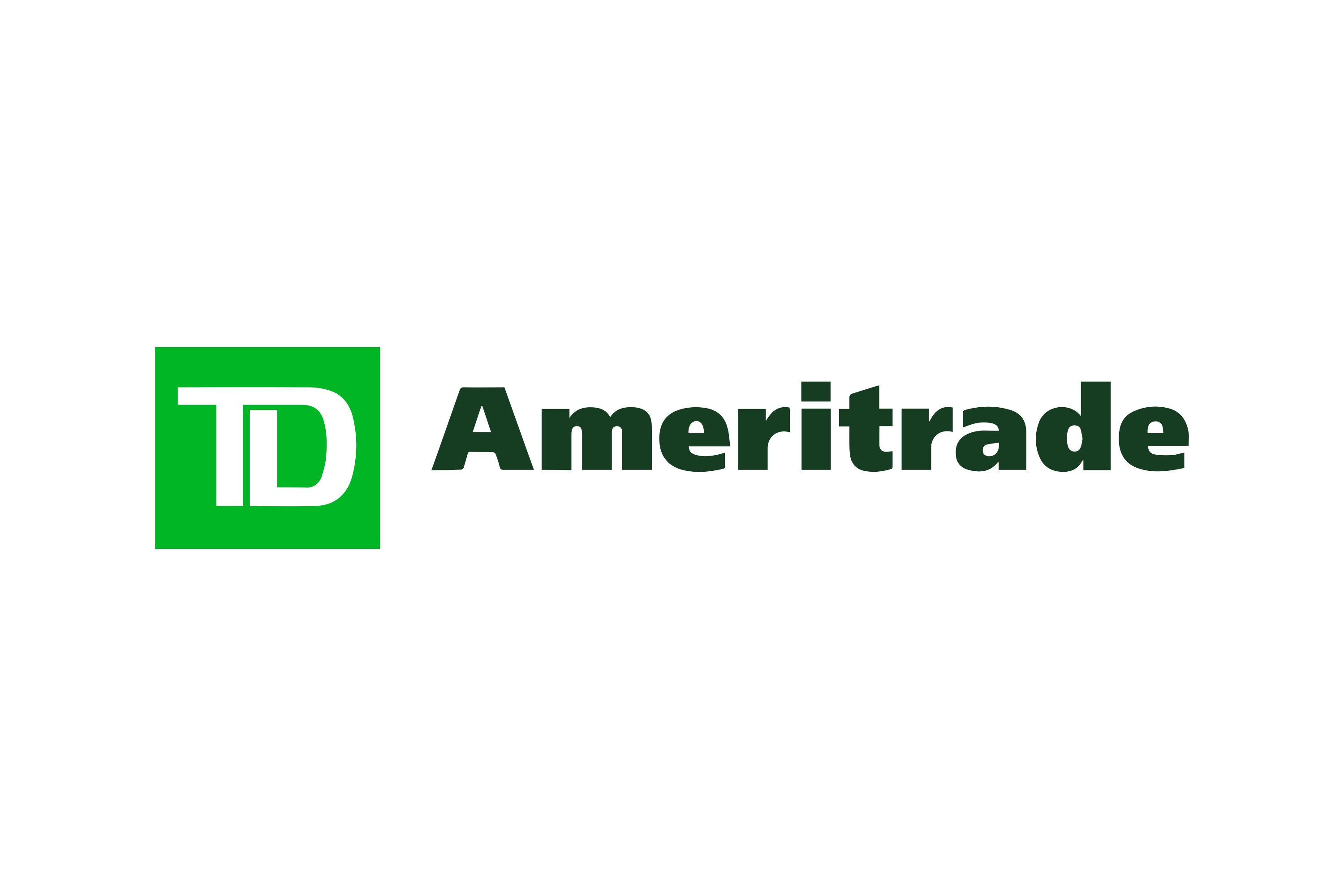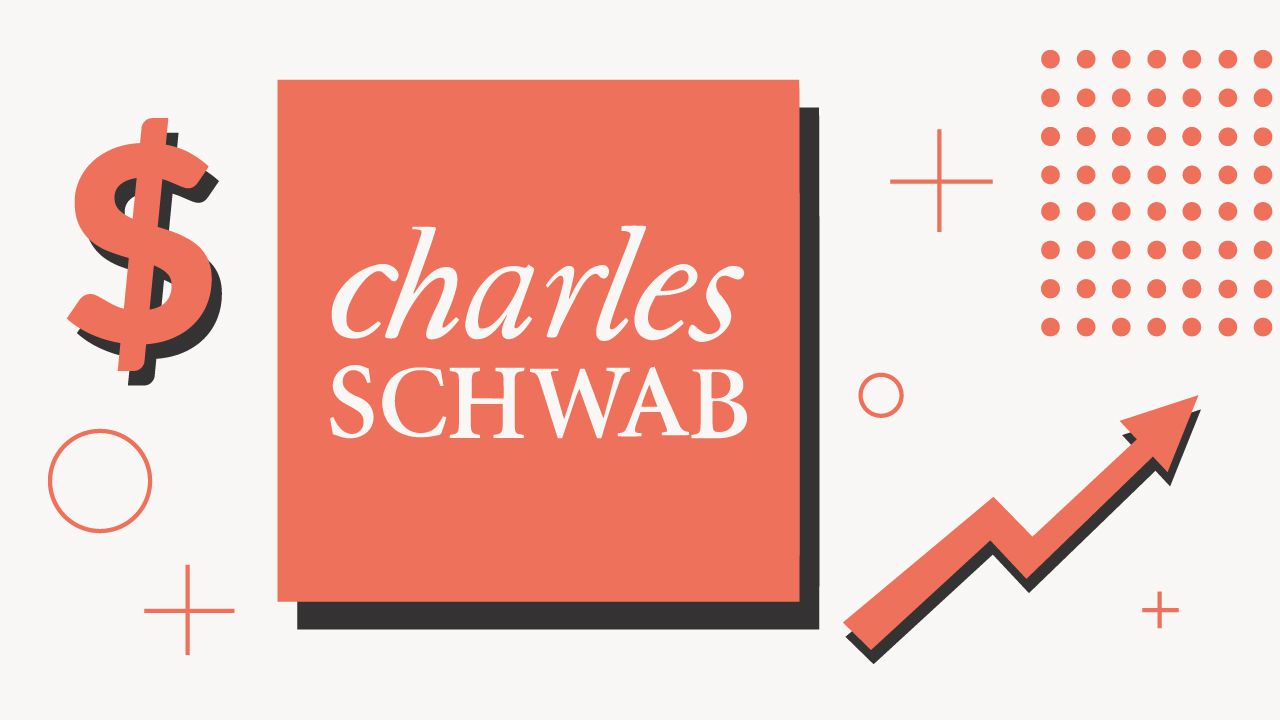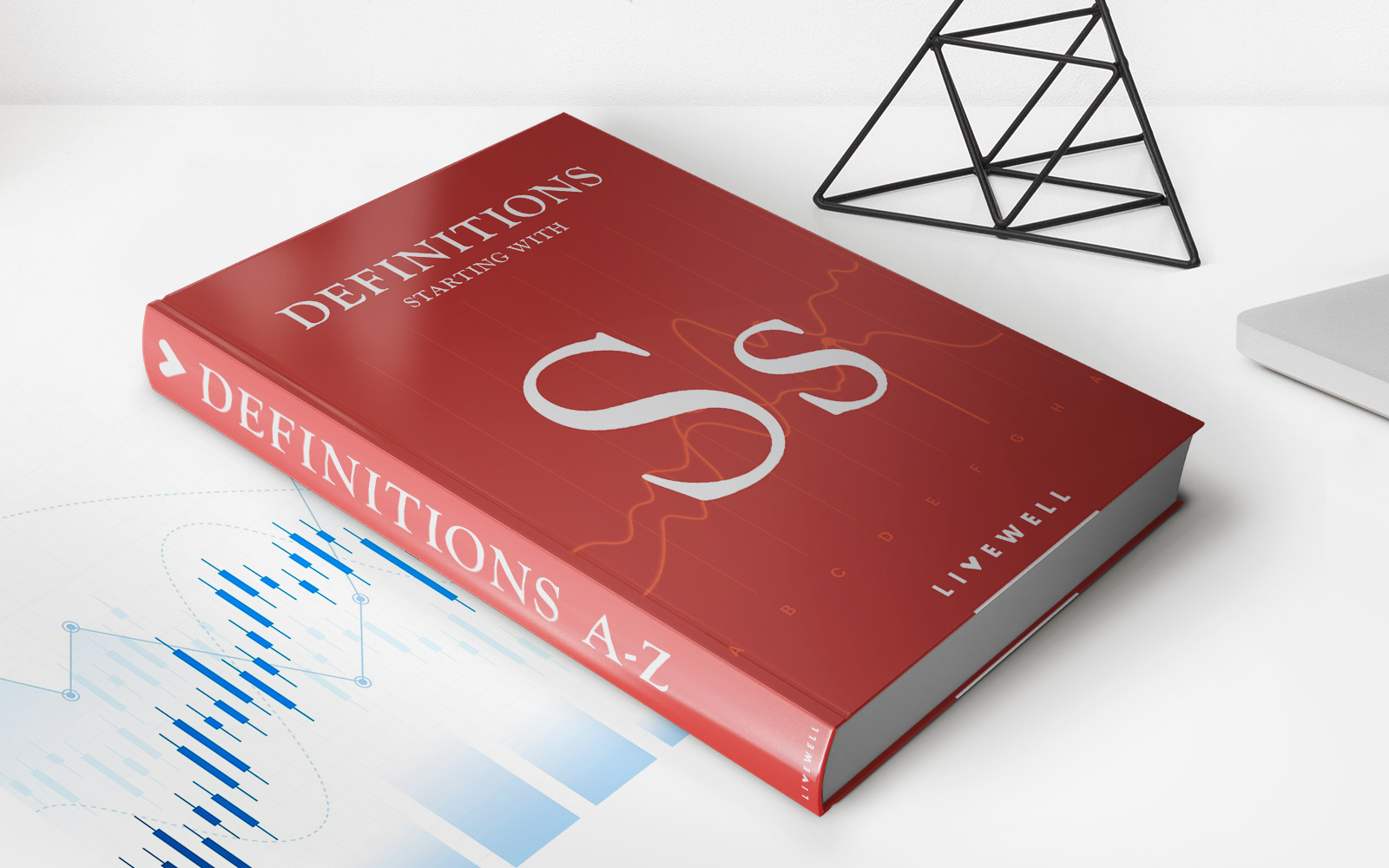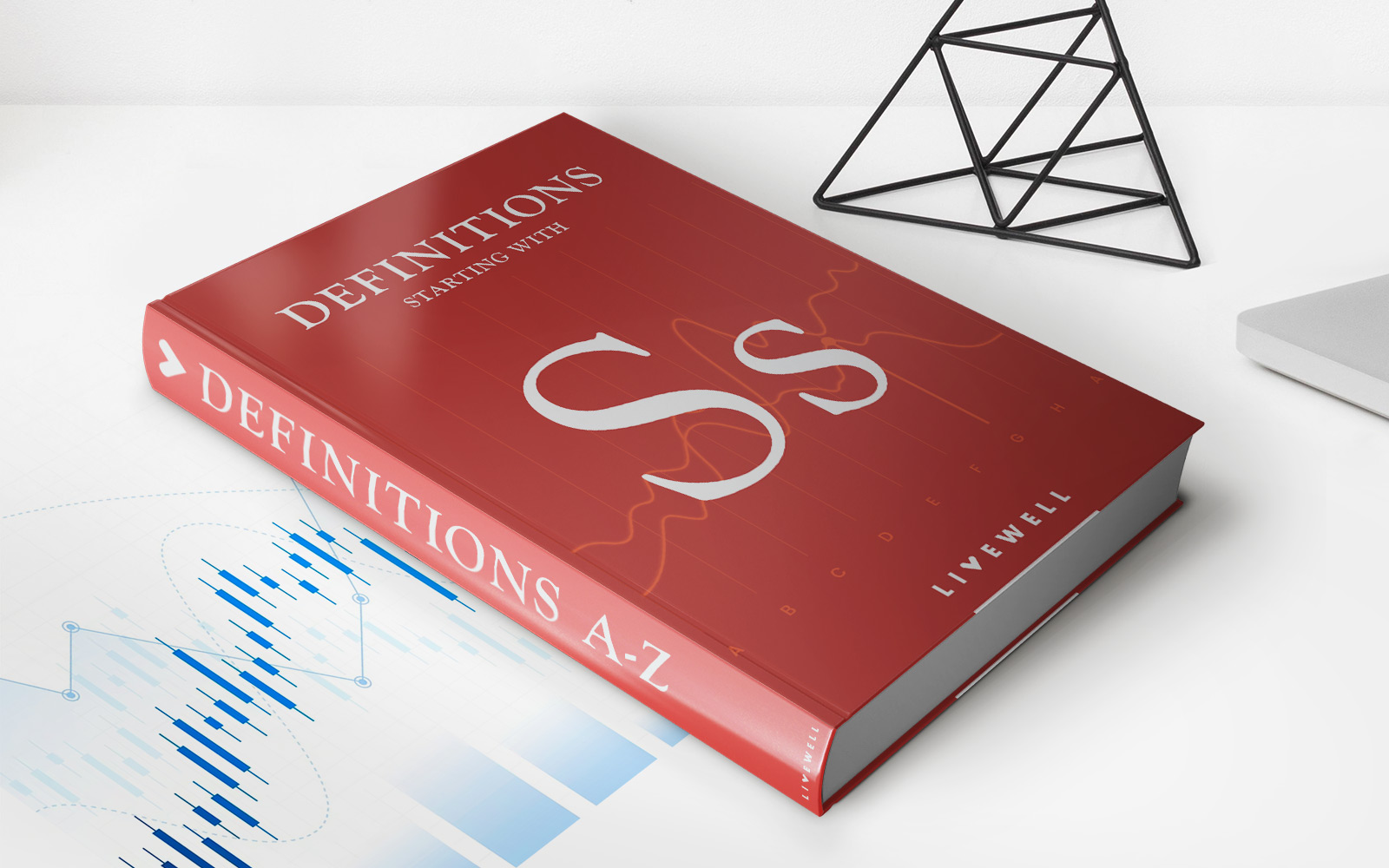

Finance
How To Buy Bonds On Robinhood
Published: October 11, 2023
Learn how to buy bonds on Robinhood and take control of your finance. Start investing in fixed income securities and diversify your portfolio.
(Many of the links in this article redirect to a specific reviewed product. Your purchase of these products through affiliate links helps to generate commission for LiveWell, at no extra cost. Learn more)
Table of Contents
Introduction
Investing in bonds can be a smart move to diversify your investment portfolio and generate income. Bonds are debt instruments issued by governments, municipalities, and corporations to raise capital. By purchasing a bond, you are essentially lending money to the issuer in exchange for regular interest payments and the return of the principal amount at maturity.
Traditionally, the process of buying and selling bonds was complex and reserved for institutional investors. However, with the advent of online trading platforms like Robinhood, individual investors now have easy access to the bond market. Robinhood, a popular commission-free trading app, offers a user-friendly interface that allows investors to buy and sell a variety of assets, including stocks, ETFs, and bonds.
In this article, we will guide you through the process of buying bonds on Robinhood. We will explain the basics of bonds, the different types of bonds available, and the risks and benefits associated with bond investing. We will also provide step-by-step instructions on how to set up a Robinhood account, research bonds, and execute bond trades on the platform.
Whether you are a beginner looking to dip your toes into the bond market or a seasoned investor seeking a convenient and affordable trading platform, this article will equip you with the knowledge and tools you need to confidently buy bonds on Robinhood.
Understanding Bonds
Bonds are fixed-income securities that represent a loan made by an investor to the issuer, typically a government or corporation. When you purchase a bond, you are essentially lending money to the issuer in exchange for regular interest payments, often referred to as coupon payments, and the return of the principal amount at maturity.
The key components of a bond include:
- Face value: This is the nominal value of the bond, also known as the principal or par value. It is the amount that will be repaid to the bondholder at maturity.
- Coupon rate: The coupon rate is the fixed annual interest rate paid by the issuer to the bondholder. It is usually expressed as a percentage of the bond’s face value.
- Maturity date: The maturity date is the date at which the bond will reach its full face value and the issuer will repay the bondholder. It can range from a few months to several decades.
Bonds are generally considered less risky than stocks because they offer a fixed income stream and repayment of principal at maturity. However, bonds are not risk-free investments. It’s important to understand the risks involved before venturing into bond investing.
The risks associated with bonds include:
- Interest rate risk: Bond prices are inversely related to changes in interest rates. When interest rates rise, bond prices fall, and vice versa. This means that if you need to sell your bond before maturity, you may receive less than the face value.
- Default risk: Bonds issued by corporates or municipalities carry the risk of default, meaning the issuer may be unable to make interest payments or repay the principal amount. Investors should carefully evaluate the creditworthiness of the issuer before investing.
- Liquidity risk: Some bonds may have limited trading activity, making it difficult to sell them at the desired price. This can result in delays or losses if you need to sell your bonds quickly.
Despite these risks, bonds offer several benefits to investors. They provide a fixed income stream, diversify an investment portfolio, and can serve as a hedge against stock market volatility. Additionally, bonds are generally considered safer investments compared to stocks, making them suitable for conservative investors.
Now that you have a basic understanding of bonds and their associated risks and benefits, let’s explore the different types of bonds available in the market.
Types of Bonds
Bonds come in various types, each with its own unique characteristics and suitability for different investors. Here are the most common types of bonds:
- Government Bonds: Also known as sovereign bonds, these are issued by national governments to finance their activities. Government bonds are generally considered the safest type of bonds as they are backed by the full faith and credit of the issuing government. Examples include U.S. Treasury Bonds, German Bunds, and Japanese Government Bonds.
- Corporate Bonds: These bonds are issued by corporations to raise capital for various purposes, such as expansion or debt refinancing. Corporate bonds offer higher interest rates compared to government bonds to compensate for the higher default risk associated with corporations. They are rated by credit rating agencies to indicate their creditworthiness to investors.
- Municipal Bonds: Municipal bonds, often referred to as “munis,” are issued by state and local governments or their agencies to fund public infrastructure projects such as schools, roads, and hospitals. The interest income from municipal bonds is typically exempt from federal taxes and may also be exempt from state and local taxes.
- Zero-Coupon Bonds: Zero-coupon bonds do not pay regular interest or coupon payments. Instead, they are sold at a discount to their face value and provide a return solely through the appreciation of the bond to its full face value at maturity. These bonds are ideal for investors seeking capital appreciation with a known future value.
- Convertible Bonds: Convertible bonds give bondholders the option to convert their bonds into a predetermined number of common shares of the issuing company. These bonds offer investors the potential for capital appreciation if the issuer’s stock price rises.
- Junk Bonds: Also known as high-yield bonds, junk bonds have lower credit ratings and higher default risks compared to investment-grade bonds. However, they offer higher yields to compensate investors for the additional risk involved. Junk bonds are typically issued by companies with below-average credit quality.
- Foreign Bonds: Foreign bonds are issued by foreign governments or corporations in a currency other than the investor’s domestic currency. Investing in foreign bonds provides diversification and exposure to different interest rates and economic conditions.
It’s important to note that there are many other types of bonds available in the market, including inflation-linked bonds, mortgage-backed securities (MBS), and asset-backed securities (ABS). Each type of bond has its own risk and return characteristics, and investors should carefully evaluate their investment objectives and risk tolerance before making a decision.
Now that you have a better understanding of the types of bonds available, let’s explore the risks and benefits associated with buying bonds on Robinhood.
Risks and Benefits of Buying Bonds
Buying bonds can offer several advantages for investors, but it’s important to be aware of the associated risks. Here are the key risks and benefits you should consider before investing in bonds:
Risks:
- Interest Rate Risk: Bond prices are inversely related to changes in interest rates. When interest rates rise, bond prices typically fall, and vice versa. This can impact the value of your bond holdings if you need to sell before maturity. It’s important to note that bonds with longer maturities and lower coupon rates are generally more sensitive to interest rate changes.
- Default Risk: There is always a risk that the issuer may default on interest payments or fail to repay the principal amount at maturity. Higher-risk bonds, such as junk bonds, carry a higher likelihood of default. It’s crucial to assess the creditworthiness of the issuer before investing in their bonds.
- Liquidity Risk: Some bonds may have limited trading activity, which can result in lower liquidity. This means it may be challenging to sell your bonds at a desired price or at all. It’s essential to consider the liquidity of the bonds you are investing in, especially if you anticipate needing access to your funds in the short term.
- Market Risk: Bond prices are also influenced by broader market conditions and investor sentiment, which can result in price volatility. Economic factors, geopolitical events, and changes in investor risk appetite can all impact bond prices.
Benefits:
- Fixed Income Stream: Bonds provide a fixed income stream in the form of regular interest payments, which can be appealing for investors seeking stable cash flows. This makes them a popular choice for income-focused investors, particularly retirees.
- Diversification: Bonds offer an opportunity to diversify your investment portfolio. They typically have a low correlation with stocks, meaning they may perform differently under various market conditions. Adding bonds to your portfolio can help reduce overall portfolio volatility and potentially enhance risk-adjusted returns.
- Capital Preservation: Compared to stocks, bonds are generally considered less volatile and provide repayment of principal at maturity. This characteristic makes bonds suitable for investors looking to preserve their capital or for those with a lower risk tolerance.
- Inflation Protection: Certain types of bonds, such as inflation-linked bonds, offer protection against inflation. These bonds adjust their interest payments and principal value based on changes in the inflation rate, helping to preserve the purchasing power of your investment over time.
It’s crucial to assess your risk tolerance, investment goals, and time horizon before investing in bonds. By understanding the potential risks and benefits, you can make informed investment decisions. Now that you have a good understanding of the risks and benefits, let’s move on to setting up a Robinhood account to begin your bond investment journey.
Setting Up a Robinhood Account
To start buying bonds on Robinhood, you’ll first need to set up an account on the platform. Follow these steps to get started:
- Download and Install the Robinhood App: Visit your device’s app store and search for the “Robinhood” app. Download and install the app on your smartphone or tablet.
- Sign Up for an Account: Open the Robinhood app and click on the “Sign Up” button. Follow the instructions to create a new account. You may need to provide personal information, including your name, email address, and social security number.
- Verify Your Identity: In order to comply with regulatory requirements, Robinhood may ask you to verify your identity. This can be done by providing a photo of a government-issued identification document, such as a driver’s license or passport.
- Link a Bank Account: To transfer funds to your Robinhood account and make purchases, you’ll need to link a bank account. Follow the prompts in the app to securely connect your bank account. Robinhood supports most major banks and credit unions.
- Set Up Two-Factor Authentication (2FA): To enhance the security of your Robinhood account, enable two-factor authentication. This adds an additional layer of protection by requiring you to enter a verification code sent to your registered mobile device whenever you log in.
- Review and Accept Terms: Take the time to read and understand the terms and conditions, privacy policy, and any other agreements presented to you by Robinhood. If you agree to the terms, click “Accept” to proceed.
- Set Up a PIN: Create a secure four-digit PIN that you will use to access your Robinhood account on your mobile device.
Once you have successfully set up your Robinhood account, you’re ready to start exploring and investing in bonds on the platform. In the next section, we will guide you through the process of navigating the Robinhood app and researching bonds.
Navigating the Robinhood App
After setting up your Robinhood account, it’s important to familiarize yourself with the app’s interface and navigation. Here’s a quick guide to help you navigate the Robinhood app:
1. Home Screen:
Upon logging into the Robinhood app, you will be greeted with the home screen. This screen provides an overview of your portfolio, including the total value, individual holdings, and any recent activity. You can quickly access various sections of the app from the home screen.
2. Stocks vs. Cryptocurrencies vs. Options:
At the bottom of the app, you’ll find a navigation bar with three main categories: Stocks, Cryptocurrencies, and Options. Tap on each category to explore the different assets available for trading on Robinhood.
3. Discover Section:
In the “Discover” section, you will find curated lists and collections of stocks, cryptocurrencies, and ETFs. This section can provide valuable insights and ideas for potential investments. Use the search feature within the Discover section to find specific bonds or bond-related information.
4. Watchlist:
You can create a watchlist by adding bonds or other securities you are interested in. The watchlist allows you to track the performance and price movements of your chosen assets.
5. Research and News:
Robinhood provides basic research and news articles on various assets. You can access this information by tapping on the specific bond or asset and scrolling down to the research and news section. This can help you stay informed about the latest developments and trends in the bond market.
6. Account and Settings:
To access your account settings, including personal information, bank account details, security preferences, and tax documents, tap on the profile icon at the top left of the app. From here, you can also make deposits, withdrawals, and view your transaction history.
7. Placing a Trade:
To buy or sell bonds on Robinhood, simply search for the desired bond by using the search function or navigating through the bond categories. Once you find the bond you want to trade, tap on it to access the bond details page. From there, tap on the “Trade” button to enter your order details, such as the quantity and price.
It’s important to note that Robinhood offers a user-friendly interface, but it’s always wise to get familiar with all the features and functionality before engaging in actual trading activities. Take the time to explore the app and understand different sections to make the most out of your bond investment experience on Robinhood.
Now that you know how to navigate the Robinhood app, let’s move on to the next section, where we will guide you on researching bonds on the platform.
Researching Bonds on Robinhood
When it comes to buying bonds on Robinhood, conducting thorough research is essential to make informed investment decisions. Here are some tools and features within the Robinhood app that can help you research bonds:
1. Bond Search:
Use the search function within the app to search for specific bonds by name, ticker symbol, or coupon rate. This allows you to quickly find and access information about the bond you are interested in.
2. Bond Details Page:
Tap on a specific bond to access its details page. Here, you will find vital information about the bond, including its face value, coupon rate, maturity date, and issuer. You can also access charts showing historical price performance and other relevant data.
3. Yield and Ratings:
The Robinhood app provides information on a bond’s yield, which represents the annual return an investor can expect based on the bond’s current price and coupon payments. Additionally, you can find credit ratings assigned to the bond by major credit rating agencies, such as Moody’s, Standard & Poor’s, and Fitch.
4. News and Research:
Scroll down on the bond details page to find news articles and research reports related to the bond. This can help you stay updated on any recent developments or events that may impact the bond’s performance.
5. User Community:
Robinhood has a vibrant community of investors who share insights and engage in discussions about various securities, including bonds. Explore the “Comments” section to see what other users are saying about the bond you are researching. However, always conduct your own due diligence and consider multiple sources of information.
6. Analyst Ratings:
In some cases, Robinhood may provide analyst ratings for certain bonds. These ratings can provide an indication of how professional analysts view the bond’s investment prospects. However, it’s important to consider analyst ratings alongside other factors and conduct your own analysis before making investment decisions.
While the research resources available on Robinhood might not be as extensive as those on dedicated financial research platforms, they can still provide you with valuable insights and information to support your bond investment decisions.
Now that you know how to research bonds on Robinhood, let’s move on to the next section, where we will guide you through the process of buying bonds on the platform.
Buying Bonds on Robinhood
Buying bonds on Robinhood is a straightforward process. Once you have conducted research and identified a bond you want to invest in, follow these steps to make your purchase:
1. Navigate to the Bond Details Page:
Use the search function or explore the different bond categories to find the specific bond you want to buy. Tap on the bond to access its details page, where you can find more information about the bond’s features, performance, and pricing.
2. Tap on the “Trade” Button:
On the bond details page, look for the “Trade” button and tap on it to initiate the buying process.
3. Specify the Quantity:
Enter the quantity of bonds you wish to purchase. Keep in mind that bonds are typically offered in denominations of a specific face value (e.g., $1,000). Therefore, the quantity you enter should align with the face value or a multiple thereof.
4. Set the Price:
You have the option to set a limit price – the maximum price at which you are willing to buy the bond. If the bond’s current price is within your set limit, the trade will execute. Alternatively, you can choose to buy the bond at the prevailing market price by selecting the “Market” order option.
5. Review and Confirm:
Review the order details, including the quantity, price, and any associated fees. Take a moment to double-check that all the information is accurate before confirming the trade.
6. Place the Order:
Once you are satisfied with the order details, tap on the “Place Order” button to submit your bond purchase order. The order will be executed based on the prevailing market conditions and the parameters you set (e.g., limit price).
7. Monitor Your Holdings:
After the trade is executed, you can monitor your bond holdings on the “Portfolio” section of the app. Here, you will see the details of your purchased bonds, including their current value, yield, and any associated interest payments.
It’s important to note that bond prices, especially those traded on the secondary market, can be subject to fluctuations. If you need to sell your bonds before maturity, consider the prevailing market conditions and any potential fees or liquidity constraints that may apply.
Congratulations! You have successfully bought bonds on Robinhood. Keep track of your investments and regularly review your portfolio to ensure it aligns with your investment goals and risk tolerance.
In the next section, we will discuss how to monitor and sell your bonds on the Robinhood platform.
Monitoring and Selling Bonds
Once you have purchased bonds on Robinhood, it’s important to actively monitor your holdings and stay informed about any changes or developments. Here are some steps to help you effectively monitor and potentially sell your bonds:
1. Portfolio Overview:
Regularly check the “Portfolio” section on the Robinhood app to view an overview of your bond holdings. Here, you can see the current value of your bonds, any unrealized gains or losses, and the percentage of your portfolio allocated to bonds.
2. Performance Tracking:
Monitor the performance of your bonds by comparing their current market value to the purchase price. Take note of any changes in yield and interest payments. This will help you evaluate the performance of your bond investments over time.
3. News and Research:
Stay informed about any news or updates related to the bond issuers by reading the relevant news articles and research reports within the Robinhood app. This information can help you assess the credit quality and financial health of the issuer, providing valuable insights for potential selling decisions.
4. Market Conditions:
Keep an eye on the overall bond market conditions and interest rate movements. Changes in interest rates can impact the value of bonds, so it’s helpful to gauge how these factors may affect your bond holdings.
5. Selling Bonds:
If you decide to sell your bonds, follow these steps within the Robinhood app:
- Navigate to the bond you wish to sell on the “Portfolio” or “Holdings” section.
- Tap on the bond to access its details page.
- Click on the “Trade” button and select the “Sell” option.
- Specify the quantity of bonds you want to sell.
- Set the price at which you are willing to sell, either as a limit price or choose the “Market” order option.
- Review the order details, including any associated fees.
- Confirm the sell order and monitor the execution.
6. Consider Tax Implications:
Be mindful of any tax implications associated with selling bonds, such as capital gains or losses. Consult with a tax advisor or accountant to ensure you understand the potential tax consequences when selling bonds.
Remember, selling bonds before their maturity date may result in receiving a different amount than the face value of the bond. Factors such as prevailing interest rates, credit quality changes, and liquidity conditions can influence the price at which you sell your bonds.
To make informed selling decisions, it’s crucial to stay informed and regularly reassess your investment strategy to ensure it aligns with your financial goals and risk tolerance.
Now that you understand how to monitor and sell your bonds on Robinhood, let’s conclude the article with some closing thoughts.
Conclusion
Buying bonds on Robinhood provides individual investors with a convenient and accessible way to diversify their portfolios and generate income. By understanding the basics of bonds, such as their types, risks, and benefits, investors can make informed decisions and capitalize on opportunities in the bond market.
Setting up a Robinhood account is a straightforward process that involves downloading the app, signing up, and linking a bank account. Once your account is set up, you can navigate the app’s user-friendly interface to research and buy bonds.
Researching bonds on Robinhood involves using the search function, accessing bond details pages, reviewing yield and ratings, and exploring news and research articles. The information available within the app, coupled with the Robinhood community, can help investors gain valuable insights to support their bond investment decisions.
Buying bonds on Robinhood is as simple as tapping on the “Trade” button on the bond details page, setting the desired quantity and price, and confirming the order. Investors should regularly monitor their bond holdings, considering factors such as market conditions, performance, news, and interest rate changes.
If the need arises, selling bonds on Robinhood can be done within the app by following a few simple steps. It’s important to consider market conditions, tax implications, and any applicable fees when deciding to sell bonds.
As with any investment, it’s essential to evaluate your investment goals, risk tolerance, and time horizon before buying bonds on Robinhood. With proper research, monitoring, and a well-rounded approach to investment, buying bonds on Robinhood can be a valuable addition to your overall investment strategy.
Remember to stay informed, regularly evaluate your portfolio, and consult with a financial advisor if needed. By leveraging the convenience and accessibility of Robinhood, you can navigate the bond market with confidence and work towards your financial goals.


